In 2016 Google has officially announced that the use of data science with Google Analytic can improve the online customer experience.
Doing data science with Google Analytics is interesting, as finding the source of data is not the most straightforward activity.
The platform of Google Analytic was not initially developed with the need for data science in mind.
It was developed to aggregate the behaviour of the users from a different location and to find the conversion value.
It only helps to get a few important answers only like reaching the low hanging fruit of a tree, but some valuable information remains hidden. Basically we are talking about exploring the rich data points generated by the users.
Using machine learning & data mining algorithms with Google analytic dig out the rich points of data for others actionable output.
If you want to implement digital marketing skill with Data science than join the best Data science training institute in Delhi.
How to make it happen using GA?
With the help of Google Analytics API prediction and optimization of conversion become simple, it involves multiple dimensions in order to generate a rare & small amount of traffic that is atomic but essential for the business.
The open-source libraries simplify to access the API for Data Analysts which are Python Google2pandas, RGA and recently announced Google analytics
There are other ways also to access session-level data for the purpose of data mining.
For example, through the expansion of a custom measurement containing client ids with timestamps as parameters. Information from this measurement would then be able to turn into the contribution for a content recommendation engine.
For additional applications, for example, bunching for client division or forecast of client aim, MeasureCamp is consistently an extraordinary spot to search for thoughts.
In addition, GA itself not long ago discharged User Explorer, a component which permits the examination of explicit activities of individual clients on the session-level.
Google analytics allows more ways to access atomic analytics data. It has a well-maintained API and a set of excellent libraries which enable access to prepare programmatically report data.
Also, it has a huge active community which has adopted the method of data science for Google Analytic.
There are more possibilities which can be learned from one of the best data science courses in Delhi.
It will be good if you learn python course in delhi yourself by joining the Django training in delhi
5 tools of Google analytic for Data science
- Funnel Analysis
It allows Google analytic users to extract the useful data about the customers, where they are spending most of their time on your clients’ website, which pages are keeping them engaged etc.
This tool is very useful to pin down your customer’s exact location on your website, whether they are on any page where you have put no link or they are at a shopping cart that may have a confusing layout.
This tool can be used by a data scientist for tracking on a setlist of conversions by visualizing the exact location of customers and how they are engaging with your website.
2. Segmentation data use
This Google Analytics tool is really helpful for marketers who want to know more about their audience. This tool allows separating various audiences based on their geographic location, the demographic, conversion rate of a particular site visitor.
Segmentation tools also provide the ability to import that behaviour information on a website or application, marketing data, e-commerce data and other external data of your audience.
Therefore segmentation tools can assist you to collect data by various tools including Google Adwords and help in creating marketing & advertising campaigns.
3. Real-Time audience reporting
It is the tool that helps to get an idea about your website and how recent changes are affecting site traffic.
Real-time monitoring is perfect for keeping an eye on the new content or pages that are created to check the response of your audience. It helps to boost the number of visitors and conversion of them into sales.
4. Diagnostics Tools
Separating and differentiating the data is one of the important tasks of Data scientists and Diagnostic Tool of Google Analytic does this automatically.
This tool will notify you about unexpected events or matics occurs on your website. In short, it provides information about something extraordinary is occurring.
Basically this tool of Google Analytic provides you with an analytic assistance based on machine learning to observe your preferences and work as and data scientist with automation.
It helps you to uncover the latest trends and insight based on the metrics favourable to your business.
5. Predictive Analytics
As its name suggests, it helps the users to predict things such as audience behaviour of potential customers who can convert into your leads.
This tool helps you to isolate the audience which has the potential to become your customer, especially while remarketing your campaign in AdWords.
If you don’t have any knowledge of how to run campaigns then this tool will be very useful for you to launch a website and harvesting data using predictive Analytics tool to achieve your goals. So this is all about the use of Google Analytics as a Data scientist and you want to learn more about this topic and wanna become an expert in this field, so you can join AIDM Institute which offers one of the best data science course in Delhi with 100% placement assistance.
Recommended Blog:


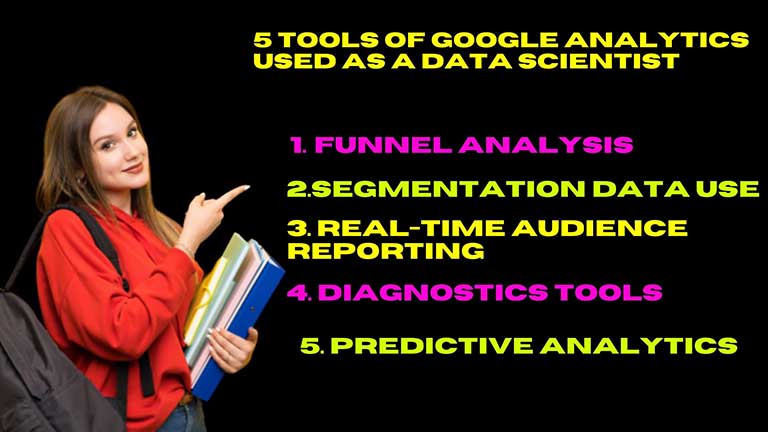
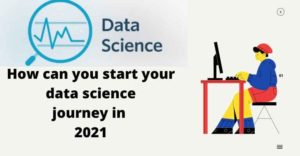
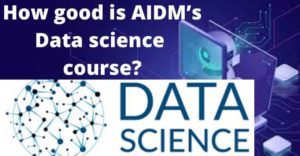
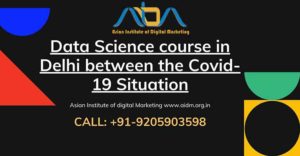
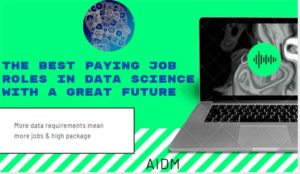
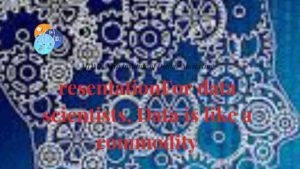
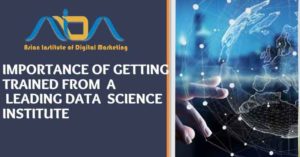
Pingback: its the right time to join a Data Science course course in delhi at AIDM